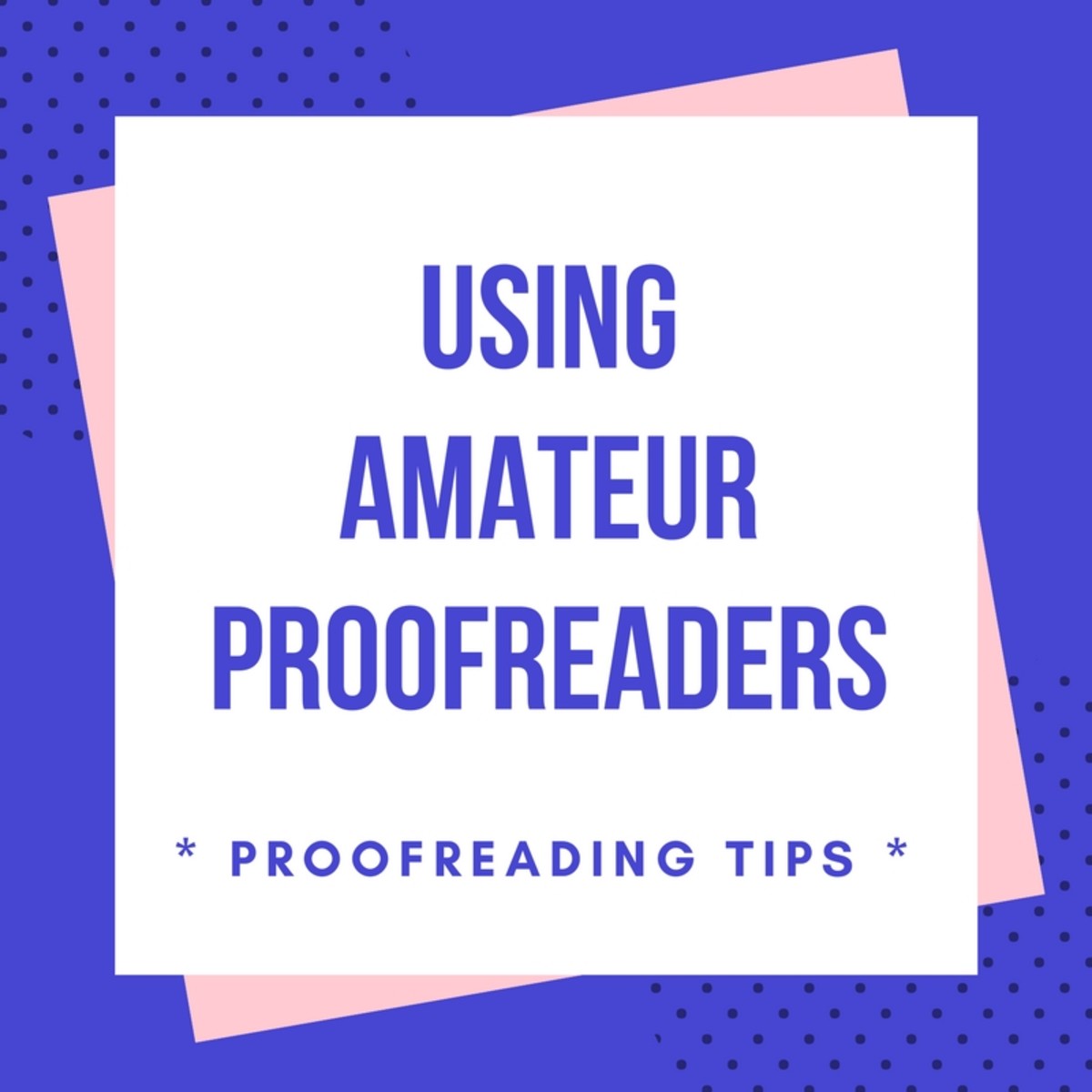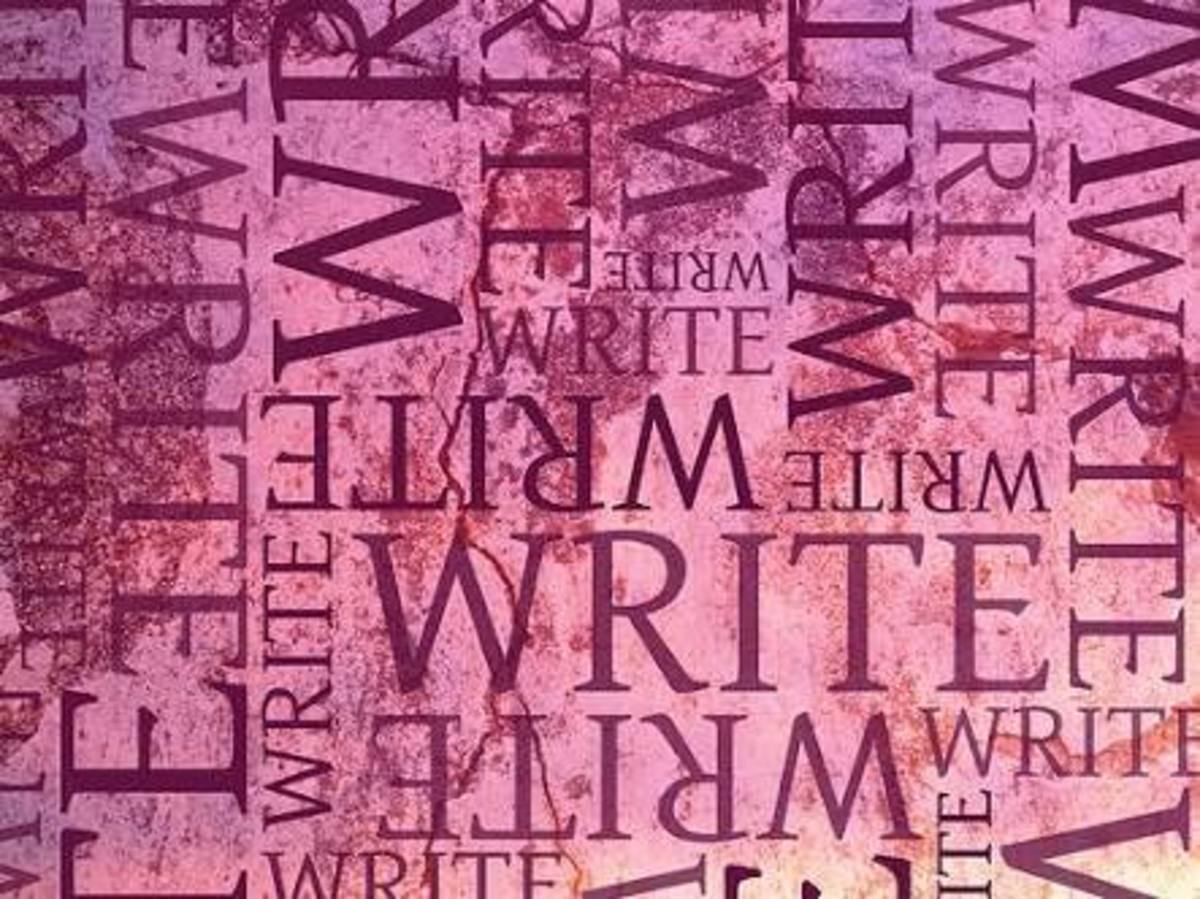5 Tips for Submitting a Manuscript to a Publisher
5 Tips for Submitting a Manuscript
Submitting a Manuscript
Submitting a manuscript can be a trying experience for new writers. Writers want to put their best foot forward and maximize the likelihood that an editor will take their submission seriously. For every manuscript submitted and accepted, however, an editor typically rejects hundreds or even thousands. In many cases, these rejected manuscripts might have made it to the editor's desk if only the writer had known to take a few simple precautions.
So what can you do to increase the likelihood that an editor will see your manuscript and stop to read it? Getting published requires more than wishes and good thoughts; you put in the hard work of writing the manuscript, so don't short-change yourself! Read the five tips below to improve your chances.

Manuscript Publication Tip #1
Revise Your Manuscript!
So many writers type the last sentence to their 150,000 word novel and feel such a rush of elation that they cannot help but get it out the door to a publisher within the hour. Nothing, absolutely nothing, could harm their chances of publication more. Revision often takes months, sometimes even years. Remember: the art of writing isn't in the first draft, but in the space between it and the final draft.
Once you've revised the elements of the story completely and resolved any structural issues, writers should go through the manuscript one more time to proofread it. A common problem for editors is an unproofed manuscript. Writers who have gone through all the effort to write and revise the novel sometimes neglect to check the spelling and grammar. An editor doesn't have time to do all the proofreading, and writers certainly don't want errors to distract an editor from the content. So, writers: before submitting any manuscript, hire a proofreader (like yours truly) or proof it yourself. Thoroughly.
Manuscript Publication Tip #2
Conform Your Manuscript EXACTLY to the Stated Guidelines
For more seasoned writers, this tip might seem obvious. But editors everywhere will tell you that many (even most!) writers neglect to read the stated guidelines listed on the literary agent's or publisher's website before submitting. Guidelines typically contain valuable information, like any desired formatting that differs from the industry standard - more on that later, I promise! - as well as information on acceptable content.
When an editor receives a manuscript packet, he or she doesn't start by reading it. An editor's process begins with a quick glance at the overall structure of the packet. Why? To ensure that the author has followed the basic instructions listed in the guidelines. If an editor sees that the author did not take the time to read and follow guidelines, the editor almost always decides that he or she doesn't have the time to read the packet.
Professional Services
Purchase a Professional Opinion
If you'd like some help preparing your manuscript for a publisher, consider hiring me as your professional proofreader or copyeditor.
Manuscript Publication Tip #3
Use Standard Manuscript Format
General manuscript format is pretty basic, but differing publisher and genre requirements complicate matters. Always assume the following unless told otherwise:
- One-inch margins
- Double-spaced text
- No extra spaces between paragraphs
- An indented first line for each paragraph
- Page numbers - upper right corner of each page
- Courier New or Times New Roman font
- The author name and manuscript title in the header of each page
Follow these basics and adjust the manuscript to accord with any publisher or genre-specific requirements.
Manuscript Publication Tip #4
Write a Humble, Polite Cover Letter
So you finished a novel or short story and have spent hours editing and revising it - editors understand that you take pride in the fruit of your labors, but they don't have time to sit through paragraph after paragraph of boasting in a cover letter. The cover letter an editor wants is brief, polite, and humble. Self-abasement is unnecessary, but threatening or making demands on the editor will get you nowhere. So will overselling or bragging about your writing. Remember: the editor is doing you a service, not the other way around.
Here are some quick DOs and DON'Ts for your manuscript cover letter:
- DON'T ramble on about your childhood and formative experiences.
- DO state, very briefly, whether a portion of the manuscript is auto-biographical.
- DON'T promise (or 'threaten,' as most editors perceive it) to call up a publisher to nag him or her about your manuscript.
- DO write a brief, polite query letter if you haven't heard back 30 days after the stated response time. No need to include this information in your cover letter, however.
- DON'T include ideas or information related to the marketing of the book.
- DO briefly (briefly!) state the nature of the book and what it is about.
- DON'T apologize for or mention a lack of writing or publishing credits.
- DO list any publishing history or experience that may add value to your manuscript in the eyes of the editor.
- DON'T think of your cover letter as a pitch.
- DO think of your cover letter as a brief introduction, something you might say on meeting and shaking hands with the editor.
Manuscript Publication Tip #5
Don't be Clever!
What qualifies as clever? For most editors, 'clever' means creative disregard of guidelines or standard manuscript format, pink or otherwise 'unwhite' manuscript paper, bizarre objects or files in the submission packet (the editor doesn't care about your origami), scented manuscript pages, or a PowerPoint sales pitch attached to a submission email.
Remember: an editor just wants consistency. What matters most to the editor is the content of your manuscript, not flashy extras used to catch the editors eye. If the manuscript passes the guideline test, and the content is good, you stand the best chance of acceptance. No amount of origami, suggested cover art, or flashy paper will change that fact; being 'creative' with the manuscript packet will decrease not increase your chances.
Books on Publishing
Resources on Getting Published
Amazon offers a variety of excellent books on the publishing process, most of which have Kindle versions. Be sure to check them out for all the complicated information related to the publishing industry, including cover letters, query letters, and the pursuit of a literary agent!
While reading about getting published is one easy way to make it happen, you can also seek out the services of a freelance proofreader or copy editor to increase your chances. A copy editor, especially, will help you look for stylistic issues, internal inconsistencies, and basic fact errors - all in addition to proofreading.
Links to Other Great Publishing Resources
- Self Publishing: Should I Self-Publish?
I've written a blog for more than two years now, and people know my email address. So I do get some questions. Some of them ask me how to self-publish a book, other ask me what went wrong. One stood out in my mind, and i felt it important enough to g - How To Get A Book Published, Book Publish By Experience
So you want to learn how to get a book published, eh? To publish a book isnt easy as you might discover from my story but, by learning from my experience, it might give you an indication as to the pitfalls that you might come across. It is, inde






